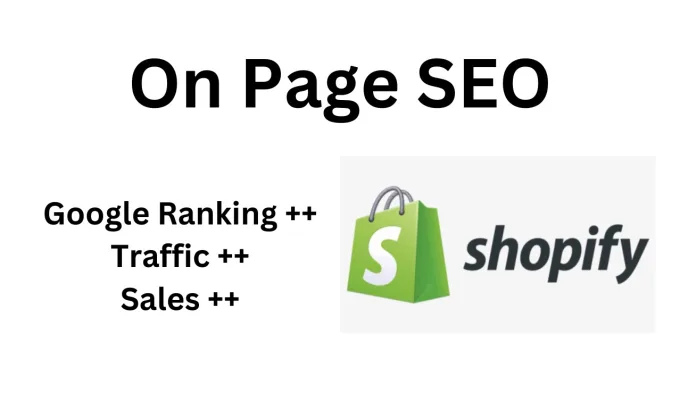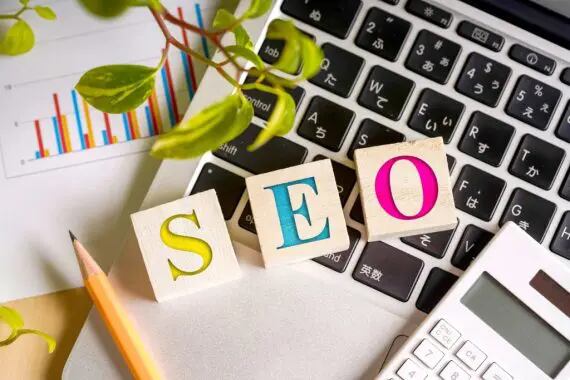
Shopify Seo Guide In today’s competitive eCommerce landscape, optimizing your Shopify store for search engines is crucial for driving traffic, increasing sales, and standing out among competitors. Shopify SEO isn’t just about setting up a few keywords; it’s a comprehensive strategy that involves multiple layers of optimization to ensure your store ranks high on Google and other search engines. This guide provides an in-depth look at the best practices for Shopify SEO in 2024.
1. Understanding the Basics of Shopify Seo Guide

1.1 What is Shopify SEO?
Shopify SEO refers to the process of improving the visibility of your Shopify store in search engine results pages (SERPs). Shopify Seo Guide Unlike other CMS platforms, Shopify has built-in SEO features, but to maximize its potential, you need to go beyond the basics. SEO on Shopify involves optimizing various elements, from on-page content to technical configurations.
1.2 Why Shopify SEO Matters
The eCommerce space is highly competitive. By implementing effective SEO strategies, you can increase organic traffic, lower customer acquisition costs, and build a sustainable business. Google processes billions of searches daily, and a significant portion of these searches are for products. If your Shopify store isn’t optimized, you’re missing out on potential customers.
2. On-Page SEO Optimization for Shopify

2.1 Keyword Research and Implementation
Determine the keywords that people in your target audience are using to search. You may locate high-volume, low-competition keywords with the aid of tools like Ahrefs, SEMrush, and Google Keyword Planner.
Once you have a list of keywords, integrate them naturally into your product descriptions, titles, and meta tags.
Key Areas to Implement Keywords:
Product Titles: Use descriptive, keyword-rich titles.
Alt Text for Images: Ensure every image has alt text that includes relevant keywords.
Product Descriptions: Write unique, informative descriptions for each product.
2.2 Optimizing Product Pages Shopify Seo Guide
Every product page needs to be optimised with a focus on particular keywords. Concentrate on producing useful and captivating content of the highest calibre. Use bullet points for features, add customer reviews, and ensure your product images are of high quality and optimized for fast loading.
2.3 Content Marketing for Shopify
Blogging is a powerful tool for Shopify SEO. By consistently publishing high-quality, keyword-rich content, you can attract more visitors to your store. Write blog posts that address common customer queries, product use cases, and industry trends. This not only helps in SEO but also positions your brand as an authority in your niche.
3. Technical Shopify Seo Guide

3.1 Site Speed Optimization Shopify Seo Guide
Google considers site speed a crucial ranking factor. To improve your Shopify store’s speed:
Use a Fast Theme: Choose a Shopify theme that is optimized for speed.
Optimize Images: Compress images without sacrificing quality.
Minimize JavaScript and CSS: Reduce the use of heavy scripts and stylesheets.
3.2 Mobile Optimization
With the majority of users shopping from their mobile devices, mobile optimization is no longer optional. Shopify Seo Guide Ensure your Shopify store is fully responsive, with easy navigation and fast loading times on mobile devices.
3.3 Secure Your Store with HTTPS
Security is a critical aspect of SEO. Google gives preference to secure websites, and having an HTTPS-secured Shopify store is essential. Shopify provides SSL certificates for all stores, ensuring your customers’ data is protected.
3.4 Fixing Broken Links and 404 Errors Shopify Seo Guide
Broken links and 404 errors can negatively impact user experience and SEO rankings. Regularly audit your Shopify store for broken links using tools like Google Search Console or Ahrefs, and fix them promptly. Implementing 301 redirects for removed or outdated pages is also crucial for maintaining SEO value.
4. Off-Page SEO Strategies for Shopify
4.1 Building High-Quality Backlinks
One of the most crucial off-page SEO elements is backlinks. They inform search engines about the authority and value of your material. You can do this through guest blogging, influencer partnerships, and content marketing.
4.2 Social Media Integration Shopify Seo Guide
While social media links don’t directly impact SEO, they can drive traffic to your store and increase brand awareness. Share your blog posts, product launches, and promotional content on platforms like Instagram, Facebook, and Pinterest to attract more visitors.
4.3 Local SEO for Shopify Stores
If your Shopify store has a physical presence, local SEO is essential. Optimize your Google My Business profile, ensure your NAP (Name, Address, Phone Number) is consistent across the web, and gather positive customer reviews.
5. Monitoring and Analyzing SEO Performance

5.1 Using Google Analytics and Search Console
Use Google Analytics to track visitor behavior, and Google Search Console to monitor your site’s presence in Google search results.
5.2 Regular SEO Audits Shopify Seo Guide
Performing regular SEO audits helps you stay on top of potential issues that could affect your rankings. Use tools like Screaming Frog and Ahrefs to conduct comprehensive audits of your Shopify store. This will help you identify technical issues, keyword opportunities, and content gaps.
6. Conclusion
By following this comprehensive Shopify SEO guide, you can significantly improve your store’s search engine rankings, drive more traffic, and ultimately increase sales.
Read More: Software Deployment Automation



